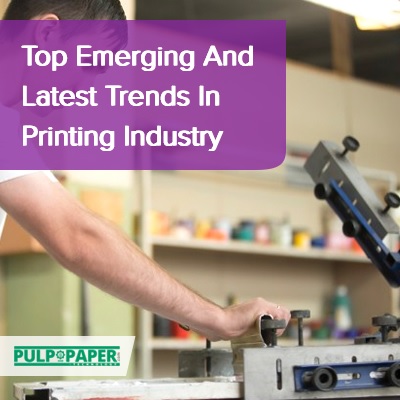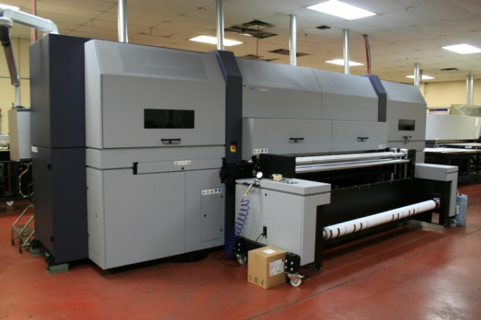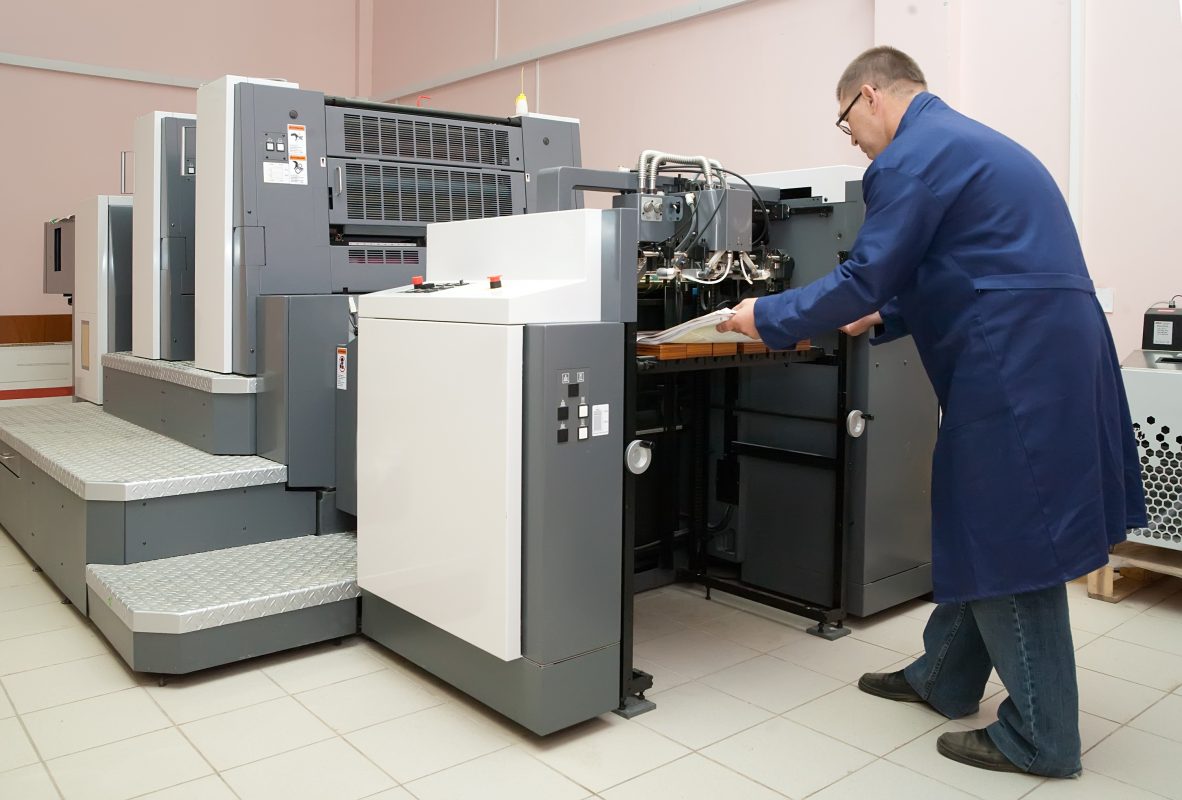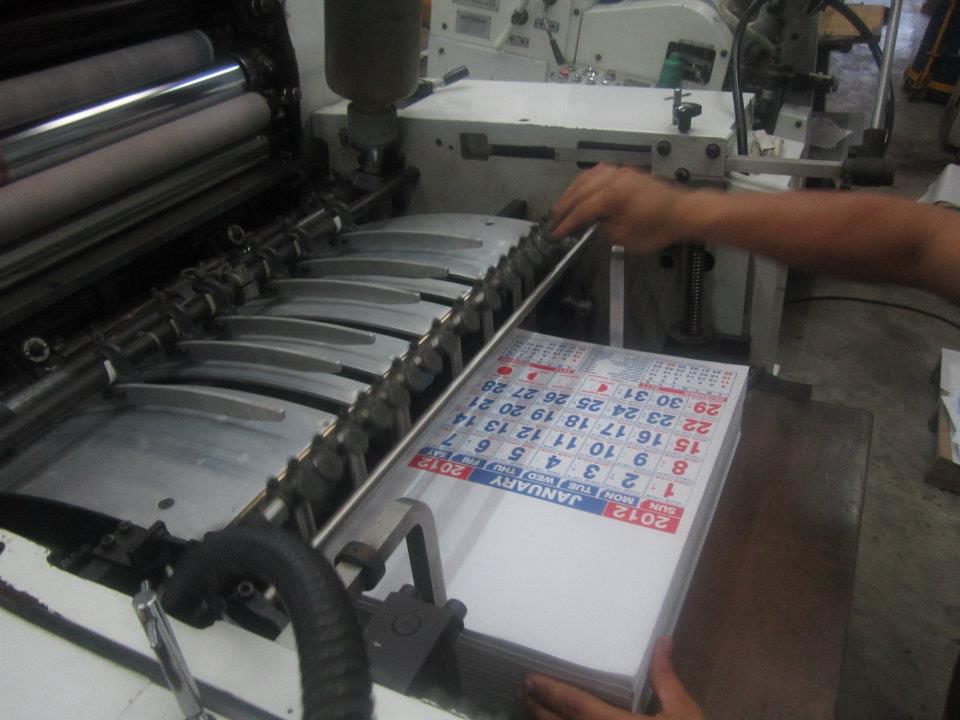Modern printing technology has come a long way from the earliest forms of printing, which date back to ancient civilizations. Today, printing technology is used in a wide variety of industries, from printing books and newspapers to creating packaging materials and promotional products. In this essay, we will discuss some of the key advancements in modern printing technology and how they have changed the way we print and distribute information and products.
One of the most significant advancements in modern printing technology is the development of digital printing. Traditional printing methods, such as offset printing, involve the use of printing plates that must be created and used to transfer ink onto the printing surface. Digital printing, on the other hand, involves the use of digital files and inkjet or laser printing technology to print directly onto the printing surface. This eliminates the need for printing plates, making the process faster, more efficient, and more cost-effective.
Another important advancement in modern printing technology is the development of 3D printing. This technology allows for the creation of physical objects by printing layers of material on top of each other. 3D printing is used in a variety of industries, including manufacturing, architecture, and healthcare. It allows for the creation of complex shapes and structures that would be difficult or impossible to produce using traditional manufacturing methods.
In addition to digital printing and 3D printing, there have been many other advancements in modern printing technology. For example, variable data printing allows for the customization of printed materials on a mass scale. This means that companies can create personalized marketing materials or customized packaging that is tailored to specific individuals or groups.
One of the key benefits of modern printing technology is its ability to improve the efficiency and speed of the printing process. With digital printing and 3D printing, it is possible to produce high-quality printed materials in a shorter amount of time, which can save businesses time and money. Modern printing technology also allows for more accurate and consistent color reproduction, which is important for printing materials such as packaging, where color accuracy is critical.
In conclusion, modern printing technology has come a long way since the earliest forms of printing. From digital printing and 3D printing to variable data printing and other advancements, modern printing technology has revolutionized the way we print and distribute information and products. These technologies have improved efficiency, speed, and accuracy, making it easier and more cost-effective for businesses to produce high-quality printed materials.








